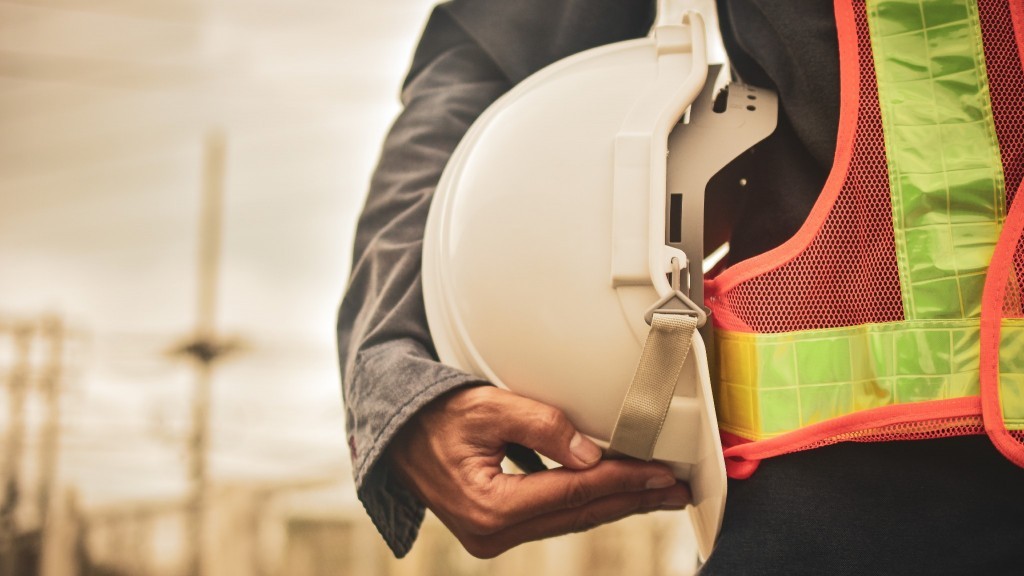Does a hard hat have an expiration date?
Practical considerations and manufacturer recommendations play a role in deciding when to replace this valuable piece of safety gear

We've trained ourselves to look at the label's expiration date on medicines, milk, bread, and other perishable foods. But we also know that some of these dated consumables can still go bad before their time if not handled properly.
Did you know hard hats have an "expiration date," too? And just like food items, their useful life can be shortened if not cared for properly.
Hard hats — a vital part of your PPE gear — provide protection for the most important part of your body: the brain. In any industry where a potentially damaging impact to the head is possible, hard hats must be used.
The Occupational Safety and Health Administration (OSHA) requires hard hats be used in these occupations. While OSHA doesn't regulate how hard hats are designed and constructed, it does require their use. The construction, testing, and certification are deferred to Standards ANSI Z89.1-2014 in the United States, and CSA Z94.1-2015 in Canada.
Certification standards for hard hats
Both countries categorize and develop testing requirements for hard hats by Type (impact hazard) and Class (electrical hazard). Simply put, Type I hard hats are tested for top impact only, while Type II must pass testing for both top and lateral impact. As for electrical hazard resistance:
- Class G must withstand 2,200 volts for one minute
- Class E must withstand 12,000 volts for 3 minutes, and
- Class C hard hats are not tested for electrical insulation
Does a hard hat have an expiration date?
Technically speaking, the answer is no.
That said, most manufacturers have recommendations on helmet and suspension lifespans. MSA hard hat shells should be used no longer than 5 years, while suspensions should be replaced after 12 months. Both are the maximum time frame for replacement, calculated from date of first use. The date of manufacture is stamped or molded onto the hard hat shell, usually on the underside of the brim. Similarly, the suspension will be marked with the month and year of manufacture, along with the headband size.
Reasons to think about hard hat replacement
Depending on the environment, application and use, the shell might need replaced as often as every two years. Some visible signs of hard hat damage, such as cracks, dents, or holes, are easy to see and are obvious reasons to remove the hard hat from service. But even scores or scuffs on the surface might signal that it's time to retire it. Dents from impacts stress the hard hat material, causing weak spots that are not acceptable. Scuffs or scores also weaken it by thinning out the shell.
If the suspension straps are frayed or ripped, or have damaged stitching, remove the webbing immediately and replace it with a new suspension assembly. Check the plastic attachment clips to make sure they aren't weakened or broken as well.
When replacing the suspension use only those made by the original manufacturer specifically for that model and size. Hard hats are tested and certified with the manufacturer suspension installed and approved as a system.Incorrect parts and accessories or those made from any other source render the certification null and void. Additionally, an incorrect headband and web could reduce or eliminate the amount of impact protection. The impact space might not be adequate.
Proper care and use of hard hats
- Inspect the hard had regularly. Be sure to do quick inspections throughout the workday.
- Cleaning the headband and webbing in a mild soap and water solution will help to eliminate the buildup of oil and contaminates.
- Some paints will attack and damage the shell materials. This reduces the degree of protection the hard hat provides.
- Some decals may be used as long as they're not metallic, the adhesives aren't damaging to the shell's composition and are placed no closer than 1/2" from the helmets edge.



